No products in the cart.
FootReviver™ Flip-flop Orthotic Sandals
£28.99£34.99 (-17%)inc VAT
- Introducing the FootReviver™ Orthotic Sandals: The Ultimate in Foot Care – We are excited to introduce the newest addition to our line of premium health products – the FootReviver™ Orthotic Sandals. Purposefully designed to provide optimum support for both men and women, these sandals are the epitome of comfort and functionality. They don’t merely adorn your feet; they work towards a healthier you.
- Advanced Support Technology: Step into Comfort – The FootReviver™ Orthotic Sandals are no ordinary footwear. They feature advanced toe, arch, and heel support technology that realigns your feet to their correct position. Imagine each step you take, supported and cushioned, realigning your body one stride at a time. This correction in gait can help prevent common underlining causes of conditions and injuries throughout your body, from sprained ankles to back pain. 1. The arch support helps distribute pressure across your feet evenly, reducing the risk of flat feet. 2. The heel support is designed to cradle your heel, providing stability and reducing over-pronation. 3. The toe support promotes better balance, leading to improved overall stability. Together, these features not only soothe your feet but also help improve your posture and reduce undue strain on your legs, knees, and hips.
- Medical Grade EVA Material: Absorbing Shock, Delivering Relief – Crafted from high-quality medical-grade EVA material, the FootReviver™ Orthotic Sandals are all about offering you maximum comfort. This top-notch material is designed to absorb shock, an essential feature for those with plantar fasciitis or those who want to avoid it. But the benefits don’t stop here. Shock absorption also aids in preventing shin splints, knee pain, hip issues, and even back problems, allowing you to move freely, safely, and comfortably. Furthermore, the EVA material helps distribute your body weight evenly underneath your feet, crucial for those standing or walking on hard surfaces for extended periods. This feature can help prevent foot fatigue and aching pains, enabling you to go about your day with ease and comfort.
- Sleek, Stylish & Ergonomic – Who said orthopaedic footwear couldn’t be chic? The FootReviver™ Orthotic Sandals, with their sleek and stylish design, put to rest the perception of orthopaedic footwear being ‘ugly.’ Lightweight, breathable, and non-bulky, these sandals serve as an ideal solution to support your feet conveniently, whether you’re at home or out and about, without compromising your style.
- Enjoy Our Risk-Free Promise: Full 30-Day Money Back Guarantee – We’re so confident that you’ll love our FootReviver™ Orthotic Sandals that we’re offering a full 30-day money back guarantee. If for any reason you’re not completely satisfied, simply return them for a full refund.
- In a Nutshell… The FootReviver™ Orthotic Sandals are more than just a pair of regular sandals. They are a testament to our commitment to improving the lives of those dealing with foot, leg, knee, hip, and back pain. So, step into the new era of footwear, where comfort meets style, and let your feet experience the unparalleled support and relief they deserve.
Unisex Sizes Available: EU Size 36: UK Size - 3.5 EU Size 37: UK Size - 4 - 4.5 EU Size 38: UK Size - 5 EU Size 39: UK Size - 6 EU Size 40: UK Size - 6 EU Size 41: UK Size - 7 EU Size 42: UK Size - 7.5 - 8 EU Size 43: UK Size - 8 - 8.5 EU Size 44: UK Size - 9 EU Size 45: UK Size - 10 EU Size 46: UK Size - 11 Note: The conversion chart provided is for reference purposes only. The sandals are designed according to EU sizing standards, so we recommend choosing your EU size.
Do you experience constant foot pain? Perhaps you suffer from knee, hip, or lower back ache too, and you’re wondering when and how it all started? These discomforts can indeed disrupt your daily life and could be an indication that your feet aren’t getting the support they need. This often overlooked aspect of our health can have a broad impact on our bodies, far beyond the feet themselves.
The truth is, neglecting to properly support our feet can cause a range of severe consequences. It can lead to excessive wear and tear on your joints, making you more susceptible to sprains, strains, and various injuries throughout your body. Other effects include plantar fasciitis, Achilles tendonitis, shin splints, and even knee pain. These conditions can limit your mobility, hinder your activities, and reduce your overall quality of life.
The Importance of Proper Foot Support
But why should you worry about foot support? Well, your feet are the foundation of your body. They carry your weight, balance your movements, and absorb the shock of your steps. Not only can proper foot support help alleviate foot injuries like plantar fasciitis, but it can also contribute to correcting foot alignment that can have a significant effect on various conditions affecting your ankles, lower legs, knees, hips, and even your back.
Improving your foot alignment and gait through arch support can have a transformative impact on your entire body. When your feet are correctly aligned, the rest of your body follows suit. This optimal alignment helps distribute your weight evenly across your feet, reducing strain on your joints and muscles, and preventing a host of related health issues.
Orthotic Sandals: Your Feet’s New Best Friends
Now that we’ve identified the problem let’s explore a potential solution: orthotic sandals. These aren’t your everyday flip-flops. Orthotic sandals are designed with your health and comfort in mind. They help ensure that your feet are properly supported, which in turn benefits your entire body.
Remember, embracing proper foot support today can make a world of difference in your future health. So, put your best foot forward and give your feet the support they deserve. Your body will thank you.
Introducing the Groundbreaking FootReviver™ Orthotic Sandals
These latest FootReviver™ Orthotic Sandals are a game-changer for those grappling with foot, leg, knee, hip, or back pain. Designed for men and women, these sandals promise unmatched support for your entire foot, promoting optimum gait and posture while reducing the strain on your lower body offering you unmatched comfort and relief.
Advanced Support Technology: Walk Your Way to Wellness
What sets these sandals apart is the advanced toe, arch, and heel support technology. This innovative feature supports and realigns your feet into their correct position, crucial in preventing common causes of foot conditions and injuries.
The arch support is designed to bolster the midfoot area, providing relief from flat feet or fallen arches. The heel support cradles your heel, distributing your body weight evenly and preventing conditions like heel spurs or plantar fasciitis. The toe support encourages natural alignment, alleviating the pressure points on your forefoot. Together, these features help to stabilize your feet, reducing the likelihood of strain and damaging movements that can lead to injuries in your ankles, legs, and knees.
That’s why wearing these sandals could be instrumental in treating and preventing common ailments such as plantar fasciitis, shin splints, and runner’s knee, among others.
Medical Grade EVA Material: Comfort Meets Durability
Made from medical-grade EVA material, these sandals boast excellent shock absorption properties. But why is shock absorption so important? Simply put, it cushions your feet, ankles, shins, knees, hips, and back against the stress of impacts, making our sandals an excellent choice for preventing conditions like plantar fasciitis and other lower body injuries.
Even Weight Distribution: For Maximum Comfort and Minimum Strain
Our FootReviver™ Orthotic Sandals are designed to spread your body weight evenly, thereby alleviating undue stress on any single part of your foot. This feature is particularly beneficial for those who are on their feet for prolonged periods on hard surfaces. By providing relief from foot fatigue and aches, our sandals ensure that long hours on your feet don’t have to be a painful ordeal.
Stylish and Convenient: A Perfect Blend of Form and Function
Gone are the days of ugly recovery sandals! These sleek and stylish sandals, not only look great but are also lightweight and breathable. The non-bulky design makes them an ideal choice for supporting your feet and easing pain, whether you’re just lounging around the house or out and about.
In conclusion, our FootReviver™ Orthotic Sandals are more than just footwear. They combine cutting-edge technology with practical design to provide you with a comfortable and convenient solution for a range of pain-related conditions. So why wait? Take a step towards a pain-free life with our FootReviver™ Orthotic Sandals!
5 Reviews For This Product
Fast & Secure Checkout Through Paypal
Pay with Paypal the secure payment gateway that accepts all credit and debit cards. Paypal is free and secure and no credit or bank information is ever stored or shared with us.
Fast Dispatch
Enjoy your items soon with quick dispatch via Royal Mail First Class. Expect to have your items between 1-3 days for domestic orders. 7-10 Working days for international orders.
Return Policy – 30 Day Money Back Guarantee
We are so confident that you will just love our product that we offer a full 30 day money back guarantee. In the unlikely event, you are unhappy with your purchase you can simply return it within 30 days for a refund. Please contact us via the form on the contact us page to start your return.
To return an item please send it to: Nuova Health UK, 81 Highfield Lane, Waverley, Rotherham, S60 8AL. Please include a note with your order id so we know who to refund. Please retain your postage receipt as proof of postage. All that we ask is that the item is in the original packaging and unused.
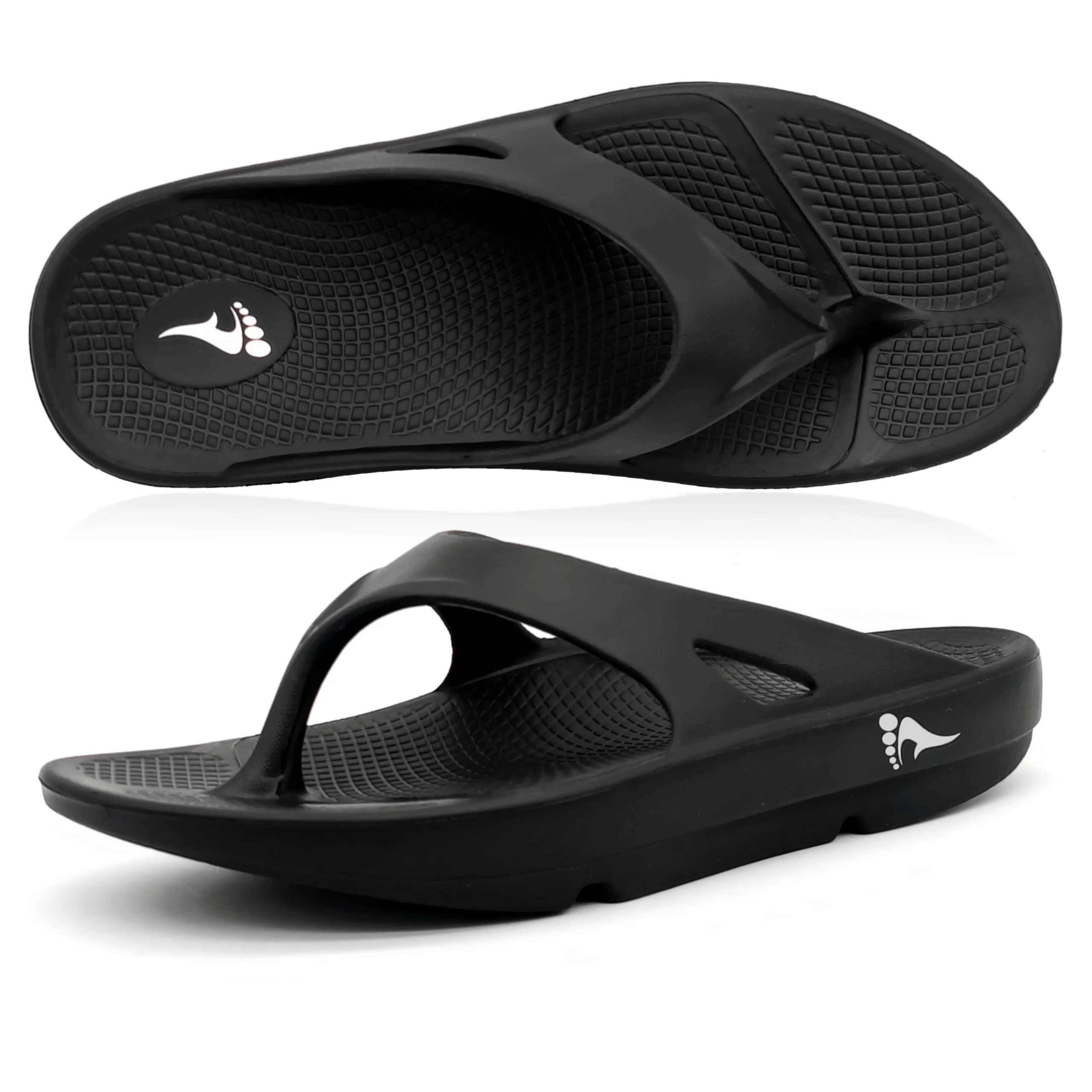
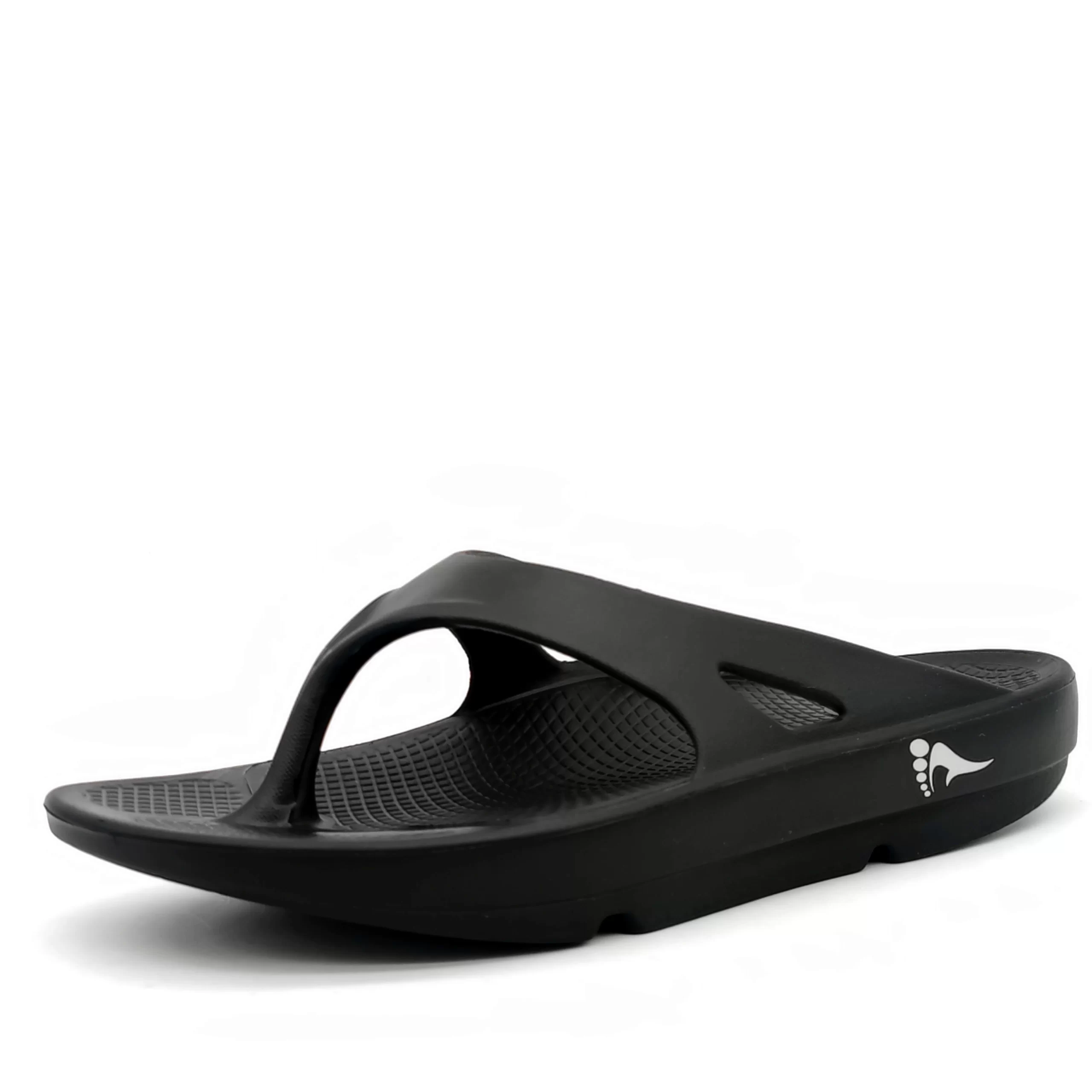
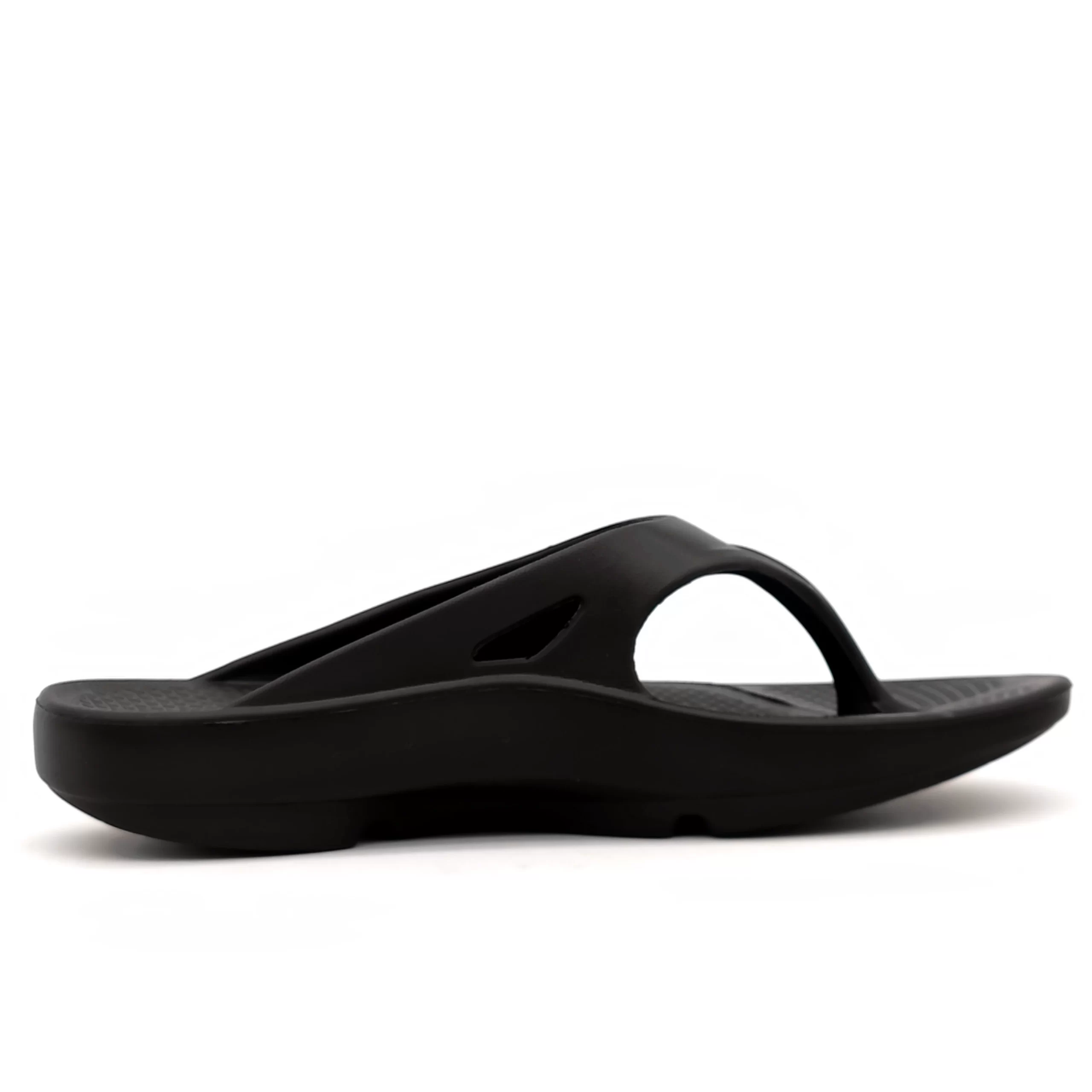
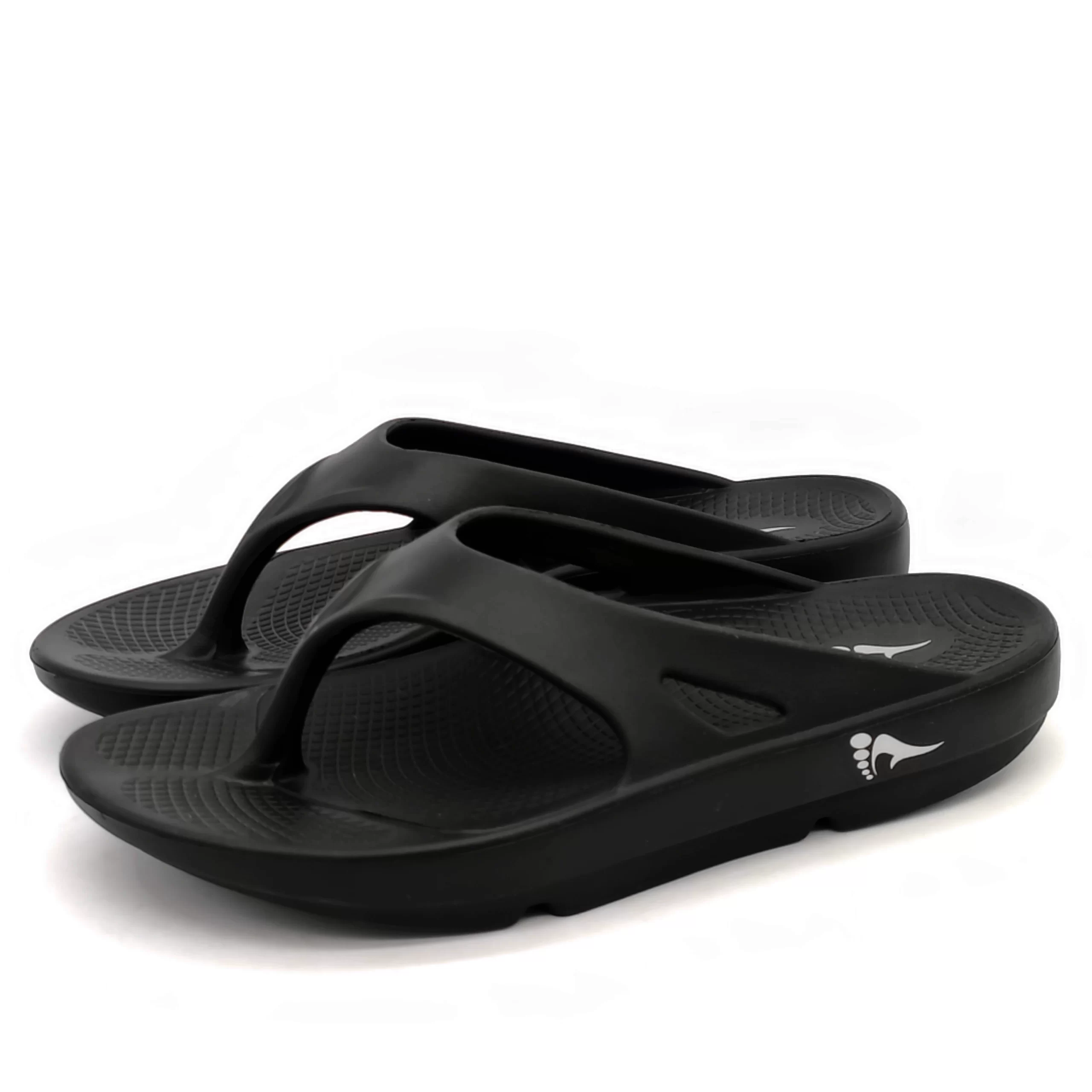

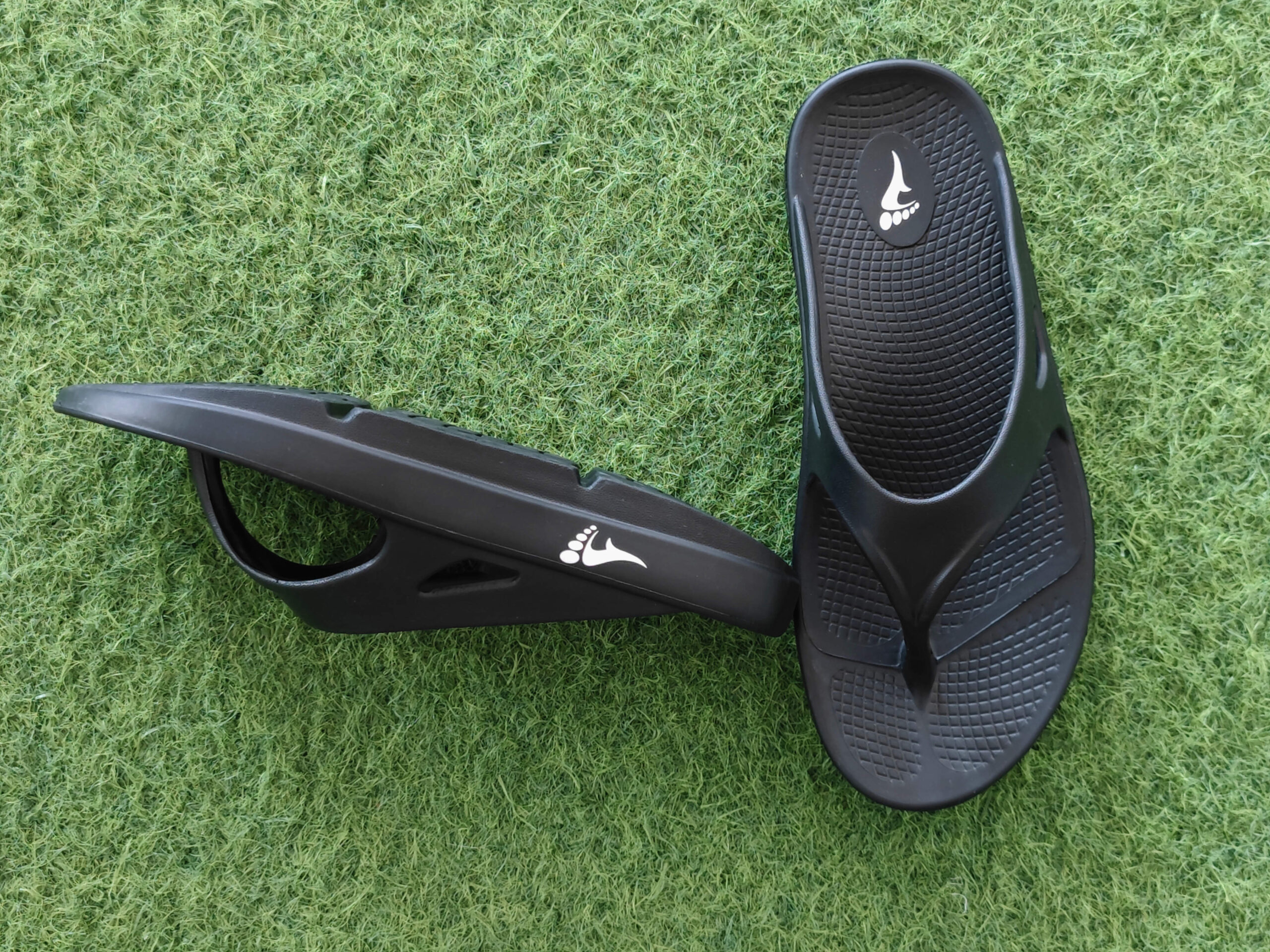
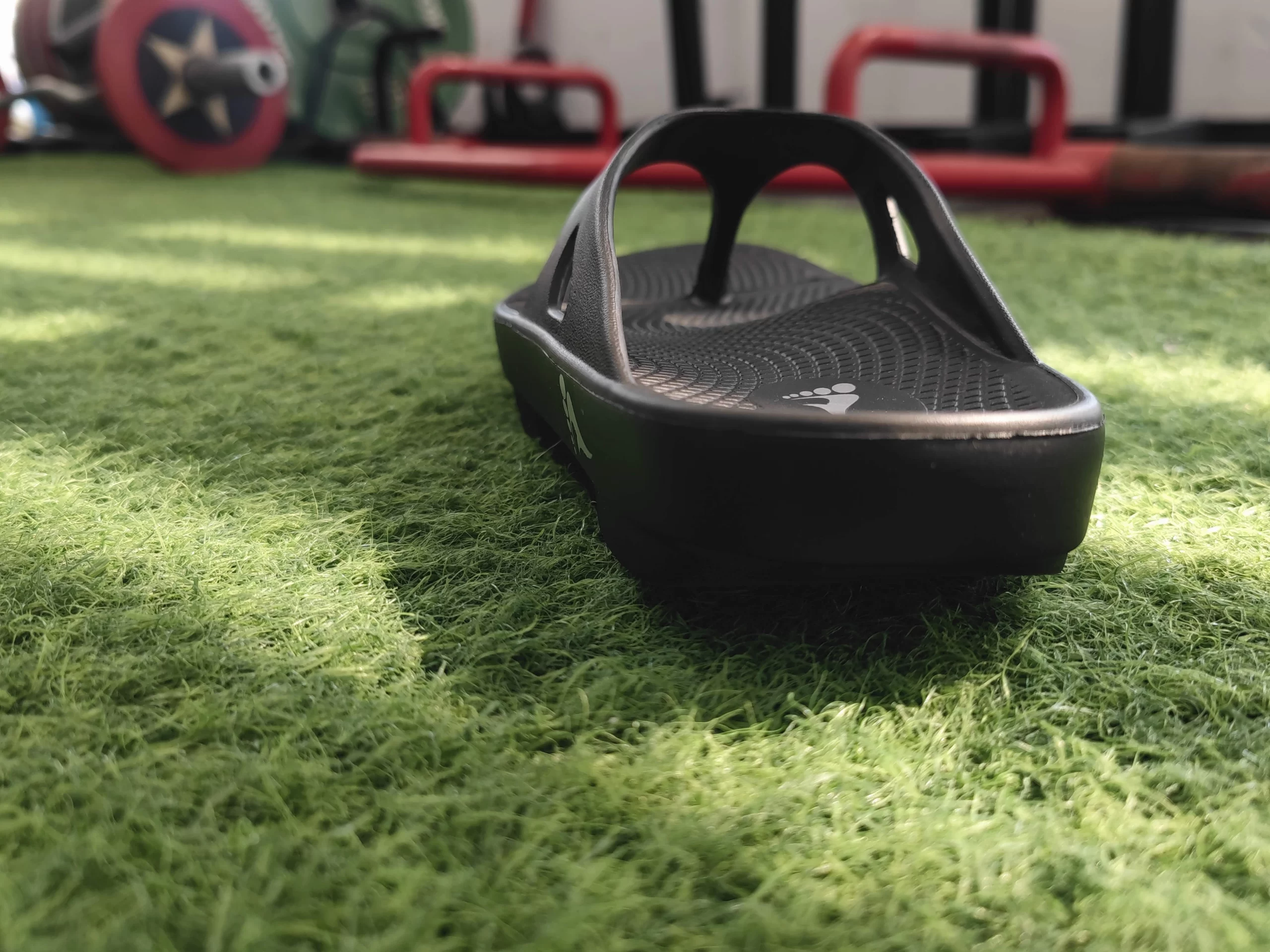
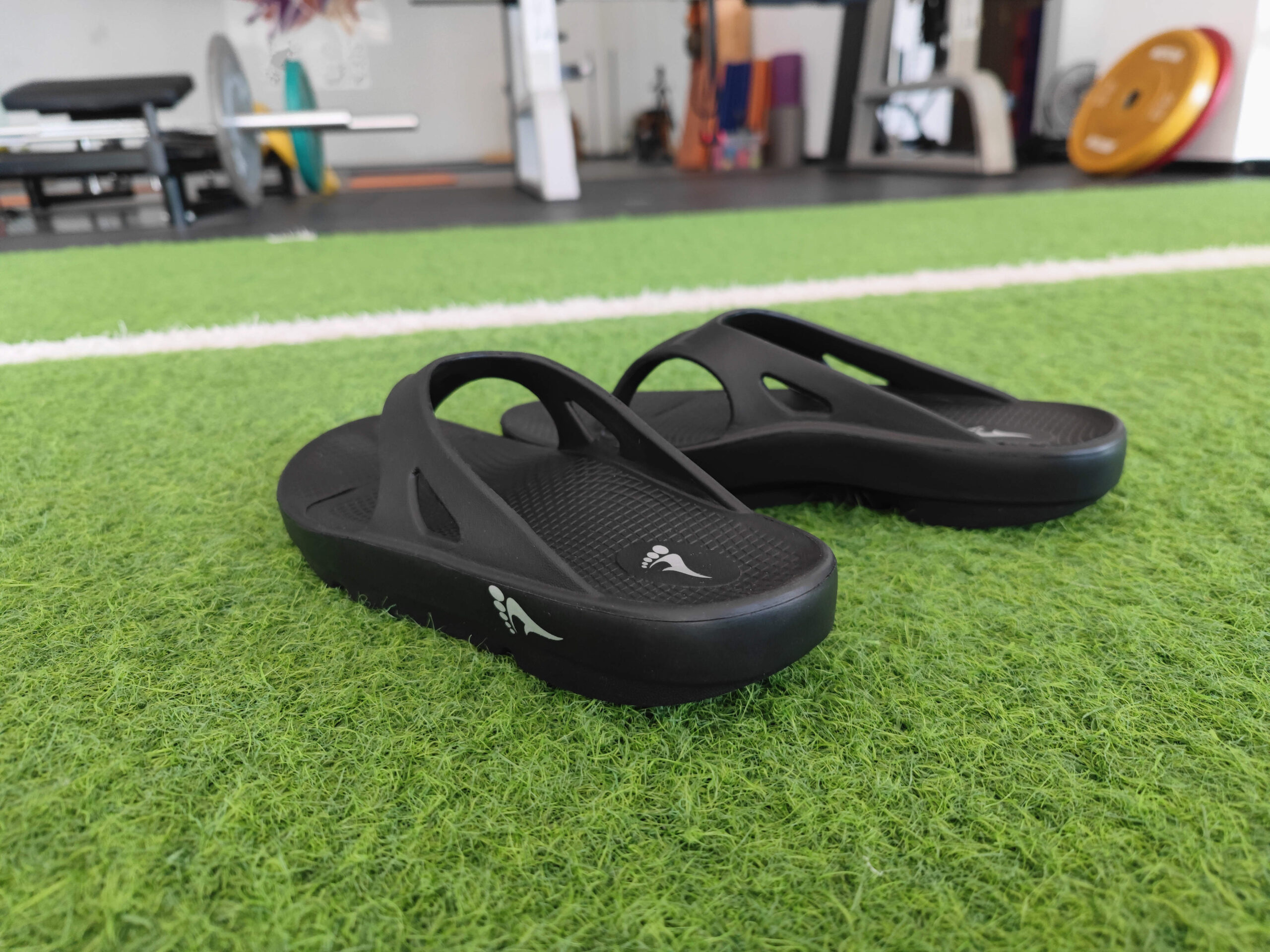

by Elly
I GOT THESE FOR MY MUM WHO HAS BAD KNEES AND SHE CAN’T STOP RAVING ABOUT THEM! THEY’RE LIGHT, THEY’RE EASY TO PUT ON, AND THEY’VE REALLY HELPED WITH HER PAIN. THEY’VE TAKEN A BIT TO BREAK IN, BUT NOW SHE SWEARS BY THEM. 5 STARS FROM US!
by Martha O’Sullivan
I was skeptical at first when I got these orthopedic sandals. I wasn’t sure if they’d be up to the job. But, after breaking them in, I was pleasantly surprised! The insoles are like a dream, providing excellent arch, toe, and heel support. Now, all my foot pain is pretty much gone! Plus, these sandals are so lightweight, I barely feel them on my feet. Fabulous for summer outings.
by Mary Johnson
I’ve been dealing with Morton’s Neuroma and arthritic pain for as long as I can remember. I’ve tried so many shoes, sandals, insoles- you name it, I’ve probably tried it. These orthopedic sandals, though, they really deliver on their promises. They’re easy to slip on, they’re lightweight, and they’ve made standing for long periods of time a lot easier on me. The shock absorption and cushioning have really helped relieve my foot pain. I’m giving these sandals a full 5 stars!
by Amir
After spraining my ankle last year, finding comfy footwear was a mission. These orthopaedic sandals? Absolute bliss! The minute I slipped them on, my feet sighed in relief. Supportive, stylish, and seriously cushy. Perfect for long walks. My arch feels so much better now. No more hobbling!
by Emma P
After a long bout with chronic back pain, I decided to overhaul my footwear collection, starting with these orthopaedic sandals. I had read that poor footwear could exacerbate back issues, and I was on a mission to find something that could help. When I first tried these sandals, I was impressed by how they aligned my posture. It felt like the sandals were nudging my body into a more natural standing position. I’ve been wearing them for about two months now, and I honestly can’t remember the last time I had a bad back day. The support under the arches seems to help distribute my weight more evenly, reducing the stress on my lower back. Plus, I’ve worn them around the house, out shopping, and even on light hikes, and they still look as good as new. These sandals have genuinely improved my quality of life!